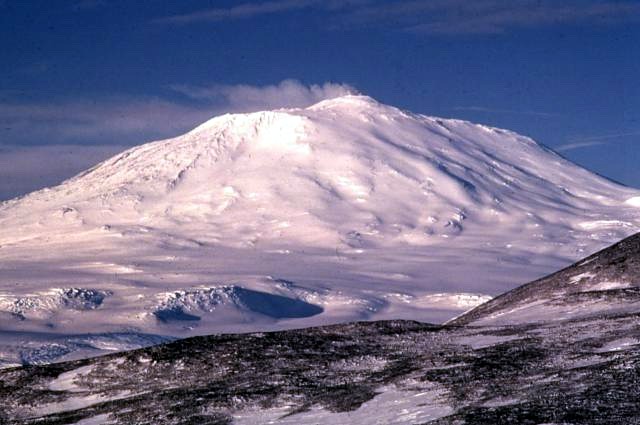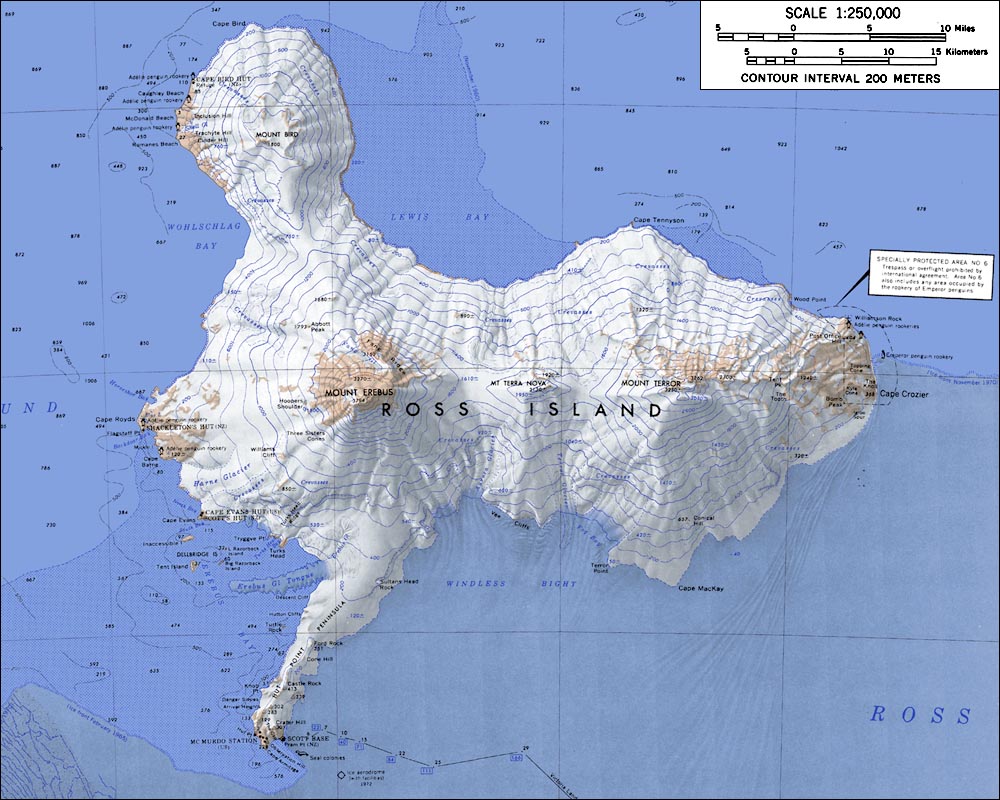
Mount Erebus is the second highest volcano in Antarctica. It is located on Ross island, which is also home to three inactive volcanoes and one of which is Mount Terror. This volcano had been observed to active since 1972. Mount Erebus was discovered on January 27, 1841 by polar explorer Sir James Clark Ross who named it Mount Erebus after one of his ships, Erebus. This volcano last erupted in 2011. It is a composite cone volcano (stratovolcano).
Mount Erebus location^
Mount Erebus is currently the most active volcano in Antarctica. With a summit elevation of 3,794 metres, the summit contains a lava lake which is also one of the five longest lasting lave lakes on Earth. It has erupted 200 times between 1986-1990 alone. Mount Erebus is also a source of impurity in the snow. It is also a source of elevated levels of copper, zinc, cadmium, vanadium, arsenic, gold , lead and antimony.
Mount Erebus Lava Lake^
Case Study of Mount Erebus:
The system of Doppler radars was developed at GEOMAR in Kiel and at the Institute of Geophysics of Hamburg University. The portable system of three Doppler Radar instruments was temporarily installed on the crater rim of the active Mt. Erebus volcano in Antarctica in late 2005. The system observed eruptions from the active molten lava lake inside the crater and measured the speed of ejected material up to 15 times per second. The resulting data show a distribution of velocities of the exploding material, which is driven by the rapid expansion of a large gas bubble rising in the liquid volcanic magma conduit. The analysis of the data allows to calculate their accelerations of the exploding gas bubbles, gas pressures and size. For some eruptions, gas pressures of several atmospheres were measured, accelerating explosion fragments to velocities was above 650 km/h.
Read more about this case study at:


No comments:
Post a Comment